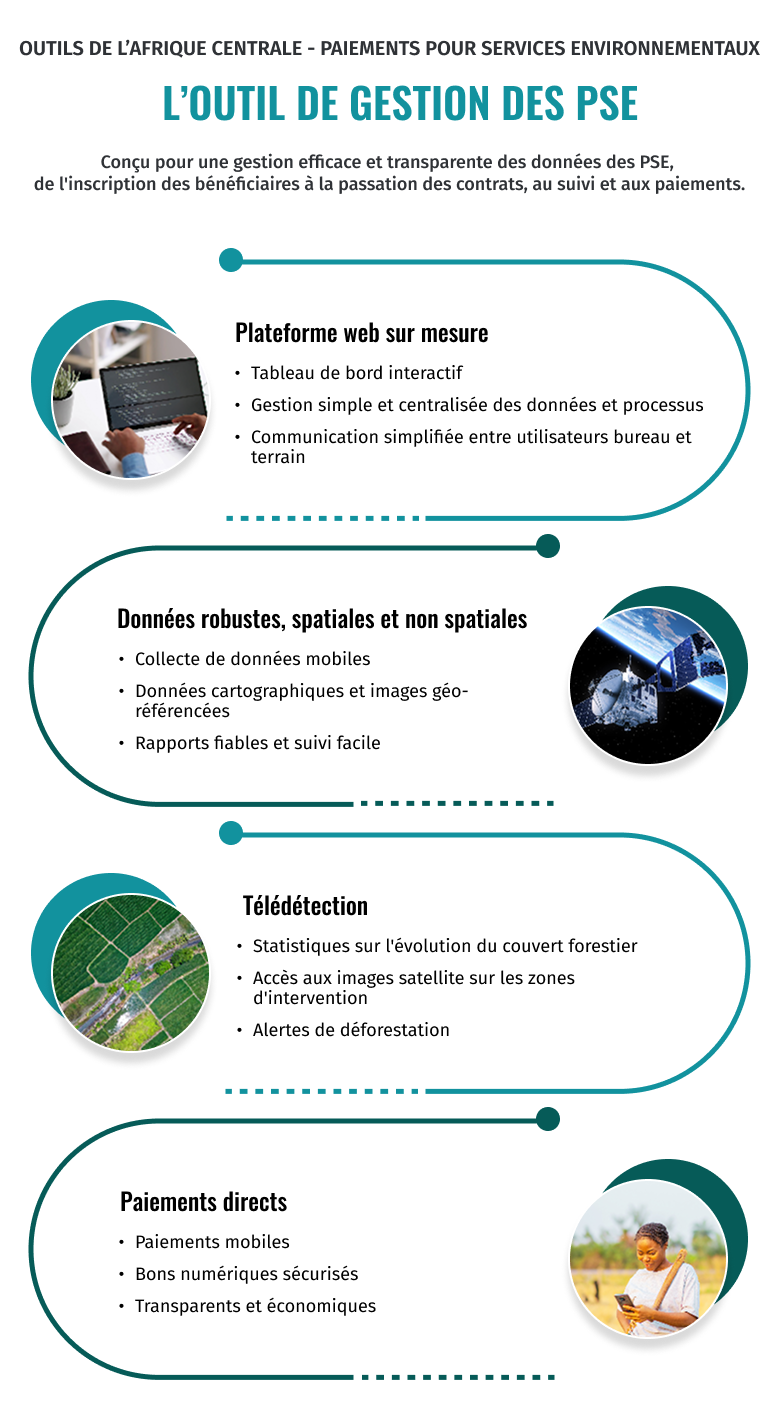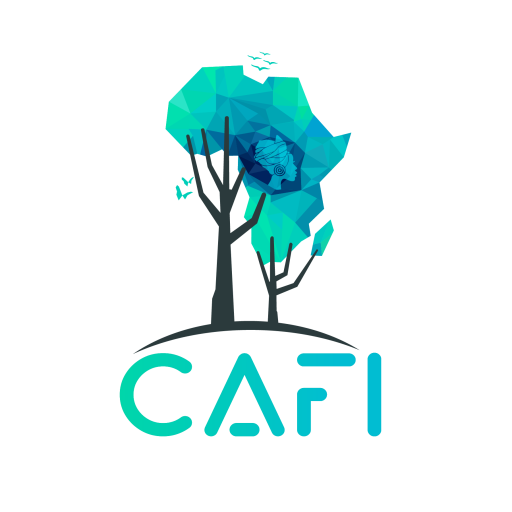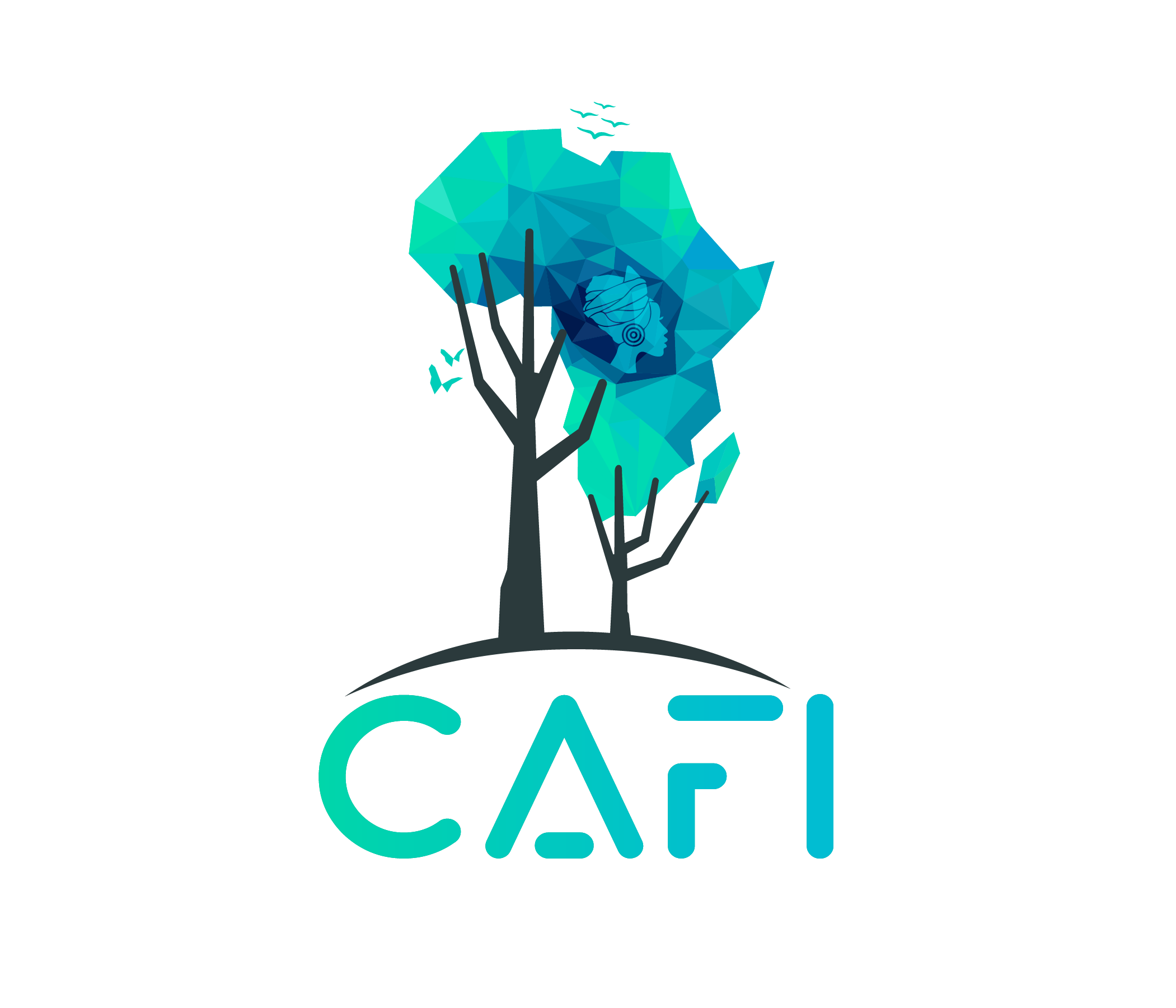Payments for Environmental Services
What are Payments for Environmental Services?
The Central African Forest Initiative (CAFI) has developed Payments for Environmental Services (PES), an innovative performance-based funding mechanism.
Designed to promote sustainable agricultural and forestry practices in Central Africa and to preserve the Congo Basin’s precious forest ecosystems, PES schemes reward rural stakeholders who adopt environmentally-friendly land-use techniques. In return for the ecosystem services they preserve, these stakeholders receive direct payments.
Ready for large-scale deployment, PES focuses on six key activities to preserve forests and support local communities: agroforestry, reforestation, perennial crops, regeneration, sustainable forest management and conservation.
Why PES?
With its 234 million hectares of forest, the Congo Basin is the second largest tropical forest in the world after the Amazon. This forest is home to immense natural resources and plays a crucial role in preserving the environment and combating climate change.
Despite some stabilisation, deforestation and forest degradation in Central Africa remain alarming, with an annual loss of more than one million hectares of forest. Unlike in other tropical regions, deforestation in Central Africa is mainly due to small-scale activities practised by local communities, such as slash-and-burn agriculture and small-scale logging. These practices lead to the irreversible degradation of forest ecosystems, with long-term consequences for biodiversity and climate.
To reverse this trend and improve the long-term prospects for protecting Central Africa’s forests, alternatives to current practices need to be developed. This is the whole point of PES schemes, which make it possible to translate global commitments to protect the climate and biodiversity into concrete action at local level.
How does it work?
Based on contracts, PES directly remunerates rural stakeholders who adopt sustainable agricultural practices, according to verified performance (measurable results).
To ensure efficient and transparent management, the PES mechanism of CAFI relies on a centralised information system. This system uses cutting-edge technologies such as mobile data collection, online remote sensing and mobile payments. This approach not only makes it possible to monitor results accurately and geographically, but also to reduce costs and involve local communities more closely in the management of their natural resources.
PES schemes can be established both on a small scale, by individuals or families, and on a large scale, by local communities. Payment terms are adjusted according to the size of the beneficiary group and the specific objectives of the project.
What is the PES potential in Central Africa?
Central Africa has a high potential to deploy the 6 CAFI- eligible activities to receive PES. Biophysically, a total of 393 million hectares of land are technically suitable for PES activities. When excluding areas already affected to other activities, such as protected areas and forest concessions, a total of 271.2 million hectares of suitable lands are available for PES activities. This area is determined based on CAFI’s core principle of deploying PES without generating additional deforestation or forest degradation, i.e. for example that no agroforestry or perennial crop plantation is allowed in the forest.
For modelling purposes, it has been estimated that deploying PES activities in all suitable lands would have the potential to generate tremendous environmental, social and economic benefits, such as :
- 4.8 gigatons of CO2e sequestered annually, representing 7 times the 2022 GHG emissions of the Congo Basin, including emissions from land use change
- 6.77 million hectares of avoided deforestation, representing six times the 2022 deforestation of the Congo Basin
- Over 37.41 million hectares of deforestation-free direct employments, representing 7 times the labour force that is without work but available and seeking employment
- 274.13 million people, mostly within but also outside the Congo Basin region, with better access to food and sustainable cooking energy
- $73 billion USD injected into the local economy, through performance-based payment and economic revenues, representing 3 times of the agricultural GDP of the Congo Basin.



